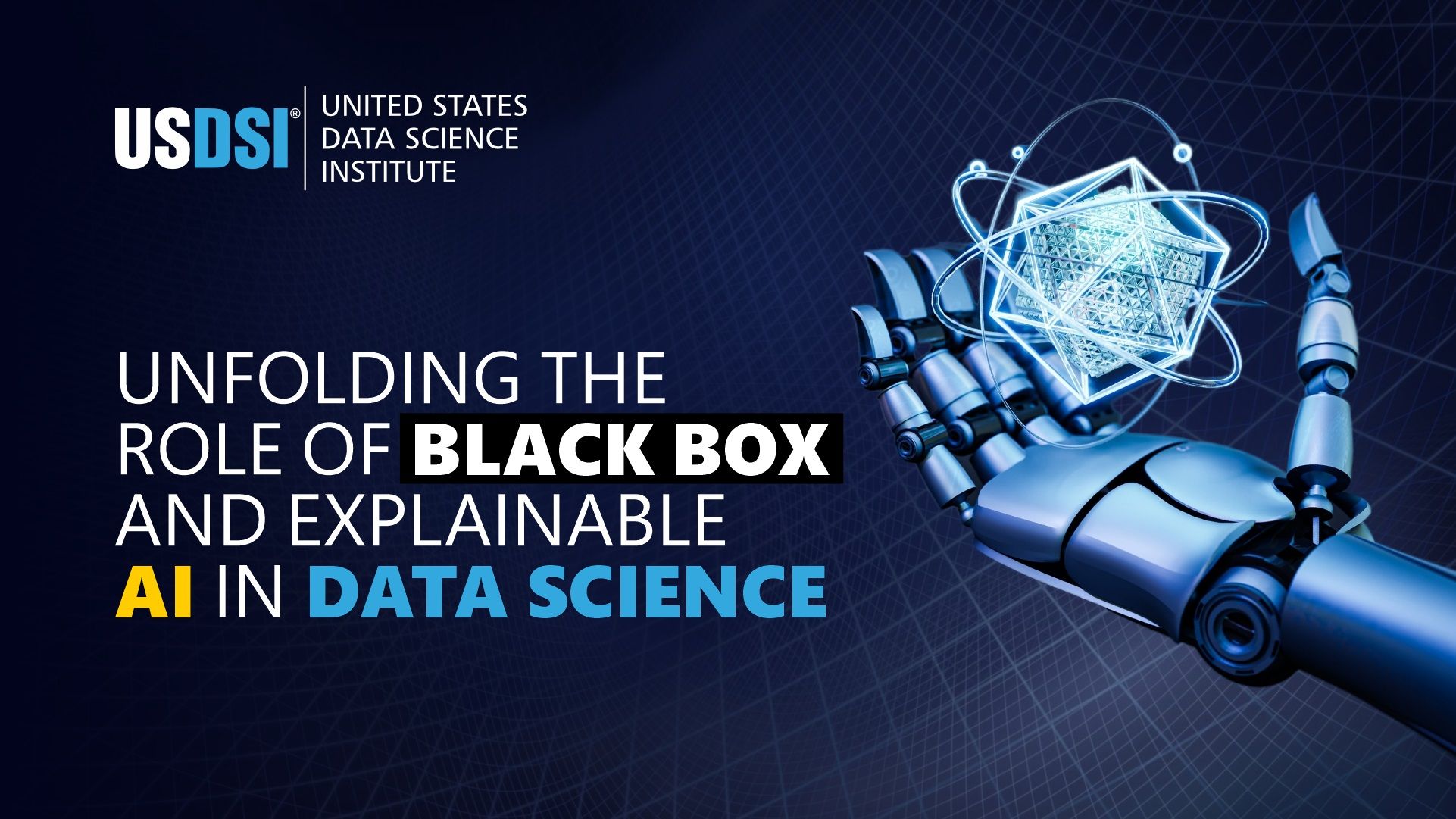
Living in a world filled with artificial intelligence and humungous datasets being generated every year. You are likely to witness and experience an amalgamation of the two in every aspect of your living. However, AI in data science is not a novel concept. It has been there for years now. But, the depths of this communion must be unraveled to unfold massive breakthroughs.
Data scientists spend inordinate amounts of time on the rote heavy-lifting; stressfully limiting cycles for creative value-adding tasks. Smart AI algorithms can independently handle a wide spectrum of tedious repetitive responsibilities that are overwhelming the data science teams. The year 2024 will witness a proliferation in AI automation adoption. As algorithms become adept at mimicking specialized human tools; organizations will integrate intelligent AI agents throughout the data lifecycle (rst. software). This is a great revelation that can encompass a vast array of tasks and data pipelines.
Catering to qualitative addition to objectives scoping, data wrangling, coding, testing, and infrastructure provisioning; AI in data science is beyond a breakthrough! Let us unfold the behind-the-scenes trajectory and how black box and explainable AI work wonders in data science.
Understanding Black Box AI:
The powerful AI systems are complex and have internal workings that are not easily understood or explainable to humans. Black Box AI models use machine learning to make predictions or decisions by being trained on large datasets. For instance, if a machine learning model has arrived at a diagnosis about your health, you might want to know how the model arrived at its decision. This is where black box AI works its magic!
Popular Applications of Black Box AI:
Black Box AI is popularly used and deployed to power a diverse range of applications that are designed to solve complex problems and support data-driven decision-making. Some of the strong black box AI use cases span across industries such as:
Challenges Faced by Black Box AI:
Understanding Explainable AI in Data Science:
Explainable AI is a set of processes and methodologies that allows users to understand and trust the results and output created by machine learning algorithms. It is used to characterize model accuracy, fairness, and transparency, and builds trust with an organization. Continuous model evaluation is key to offering the best results with Explainable AI.
Need for Explainable AI- How Does It Matter?
Popular Techniques in Explainable AI:
It involves analyzing features that contribute to building model decisions for valuable insights.
The former explanations offer a context for specific predictions, while the latter explanations provide a broader understanding of the model’s overall functioning.
These act as proxies for black-box models, lending a more comprehensible representation of the decision-making process.
It generates locally faithful explanations for black-box models and allows its users to make sense of the decision rationale for targeted instances
Benefits of Explainable AI:
Challenges Faced by Explainable AI:
5 Considerations for Explainable AI to Remember:
Real-World Use Cases of Explainable AI:
Is there a Future of AI in Data Science?
Artificial intelligence might automate certain aspects of data science, but it is unlikely to replace it entirely. The global data science platform market size is expected to reach USD 133.12 billion in 2024 (Fortune Business Insights); likewise, the global Artificial intelligence market will compound to reach USD 184 billion by this year’s end (Statista). The future is about a great communion between the two giant technologies. Enhance your employability with the promising career prospects enabled through this combination of credible certifications and skill-boosting credentials. Build a thriving career with the most in-demand and progressive capabilities today!
This website uses cookies to enhance website functionalities and improve your online experience. By clicking Accept or continue browsing this website, you agree to our use of cookies as outlined in our privacy policy.